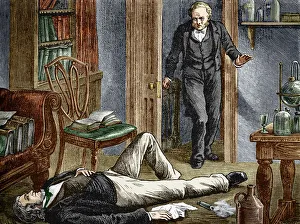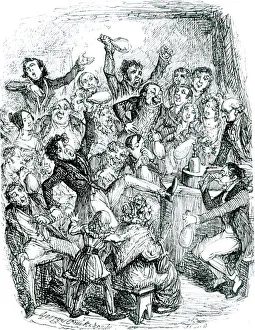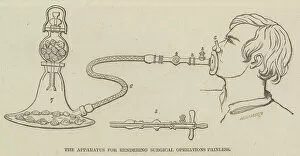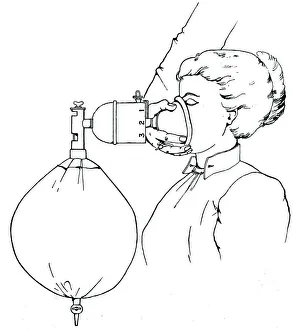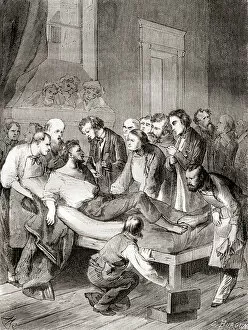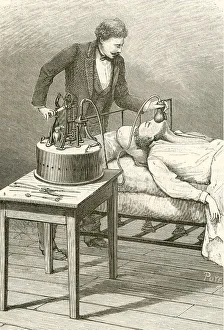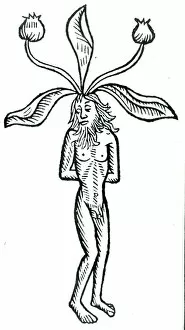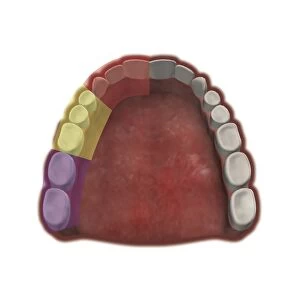Anesthetics Collection
In the 1840s, Simpson delved into the realm of anaesthetics, revolutionizing the world of medicine. His tireless research paved the way for a new era in pain management
All Professionally Made to Order for Quick Shipping
In the 1840s, Simpson delved into the realm of anaesthetics, revolutionizing the world of medicine. His tireless research paved the way for a new era in pain management. As audiences gathered, eagerly awaiting their turn to experience it firsthand, laughter filled the air. The mesmerizing effects of laughing gas captivated them, leaving them in fits of uncontrollable giggles. Marie Jean Pierre Flourens unveiled Les Merveilles de la Science - a masterpiece that shed light on the wonders of anaesthetics. It was an ode to those who dedicated their lives to this groundbreaking field. The Smees Hot Water Aether Inhaler emerged as a symbol of progress and innovation. Its intricate design allowed patients to inhale ether effortlessly, providing relief from excruciating pain. Ether inhalation became more refined with time; engraved illustrations showcased its gradual evolution into a graduated-dose inhaler. This marked another milestone in making surgical procedures less agonizing for patients. Engraved depictions portrayed "The Apparatus for rendering Surgical Operations Painless, " showcasing how medical professionals strived tirelessly to ensure comfort during surgeries. Their dedication knew no bounds. With meticulous precision and care, skilled anaesthetists administered gas and ether to patients before crucial operations commenced. Their expertise brought solace amidst fear and uncertainty. T. S Wells took center stage as he fearlessly performed life-saving operations under anesthesia's protective veil. His unwavering commitment transformed surgery into an art form where pain was merely a distant memory. Amidst these scientific marvels stood two intriguing figures: male and female Mandrake plants - ancient symbols associated with anesthesia since antiquity. They represented nature's contribution towards alleviating human suffering through potent natural substances like chloroform. Anaesthesia had become an indispensable part of medical practice by now; its value immeasurable in relieving agony during complex procedures or childbirth itself.

